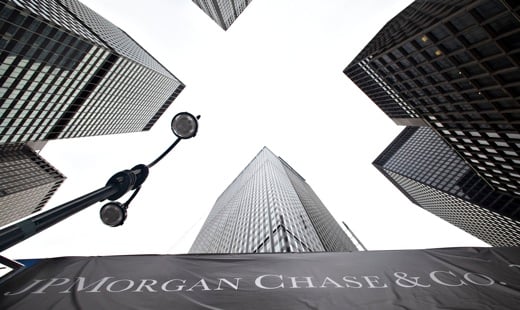Though a number of stable value funds have closed down, a number of asset managers are looking to ramp up their presence in the space.
J.P. Morgan Asset Management and Pacific Investment Management Co. LLC are sprucing up their stable value offerings, banking on plan participants' desire for returns that are stronger than what they'd get in a money market fund.
What's more, the playing field is more wide open due to the liquidations of a couple of similar funds. Bank of America Merrill Lynch closed its Retirement Preservation Trust in 2010 and the
Charles Schwab Bank liquidated its Schwab Stable Value Fund in late 2011.
“Some of the providers are exiting the business, which is creating a supply gap, but the demand is still strong for stable value,” said John Miller, head of Pimco's U.S. retirement business. “This is a solution that has the potential of keeping up with inflation and protecting your purchasing power.”
On Wednesday, Morgan said it would eliminate a 12-month put option, which allowed plan sponsors to leave the fund within 12 months of giving notice and obtain a payout at book value. Now, plan sponsors will be able to exit the fund after 30 days notice and receive a payout that's either at book value or market value, whichever is lower.
Removing the 12-month put option makes the stable value fund more attractive to insurance companies providing wrap coverage, which the carriers have been jittery about since the 2008 crisis, said Peter Chappelear, head of Morgan's stable value business.
Indeed, post-crisis, wrap providers have been nudging asset managers to use higher-quality assets with shorter durations, along with more liquid assets, in their stable value funds, he added.
“By eliminating the put option, we're able to access [wrap] capacity that's virtually unlimited; we're not subject to constraints that might otherwise materialize if we didn't make the change,” Mr. Chappelear said in an interview.
Meanwhile, Pimco, which has a little over $30 billion in stable value assets, will be launching the Pimco Stable Income Fund on March 15.
Over the long run, Mr. Miller anticipates the fund will beat money market returns by 150 to 200 basis points. This latest product is a collective fund aimed at midsize plans with $5 million to $50 million in stable value assets.
“Money markets are simply a subpar solution relative to stable value and other short-term solutions that offer good stability and a return profile that's much more attractive,” said Mr. Miller.







